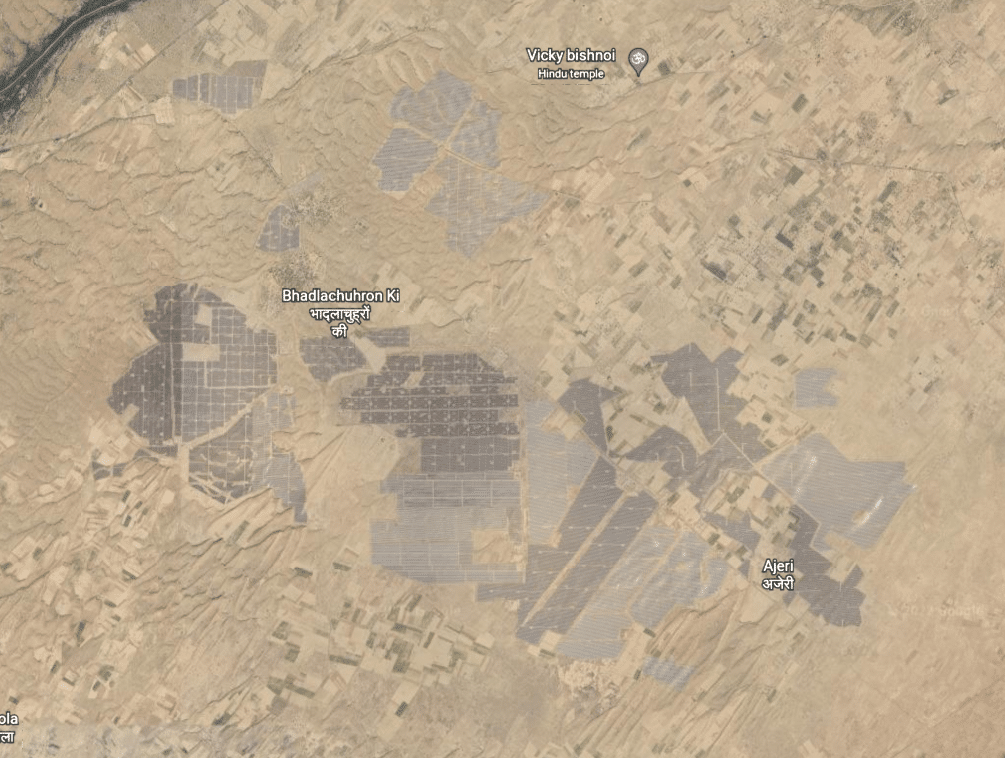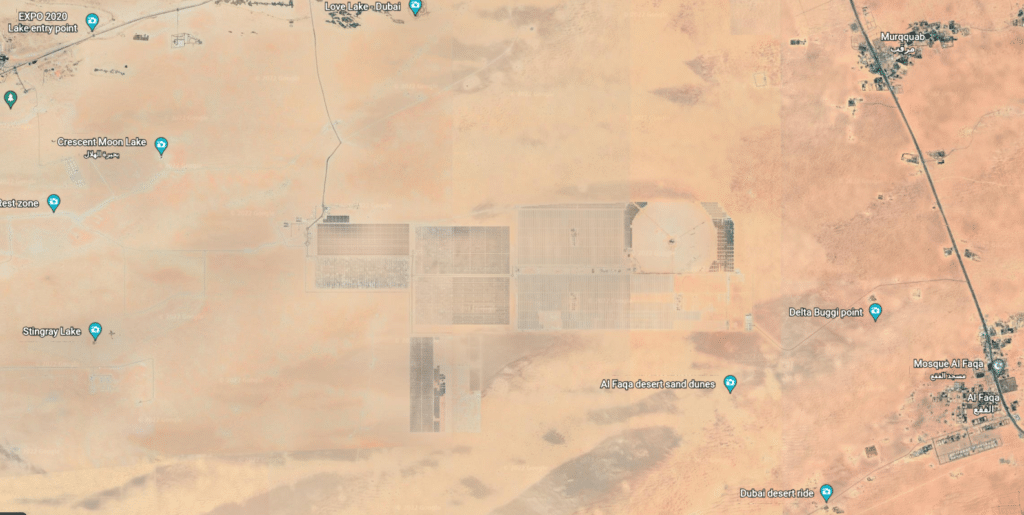The history of energy production has long involved exploiting increasingly concentrated sources of energy. Although refining oil for use in lighting and heating was known to the ancient Chinese as long ago as 2000 BCE, most early civilisations used water and wind power to drive grain mills, sawmills, water pumps and other machinery.
Solar energy had limited utility, except in agricultural greenhouses, although by the late 18th century also for furnaces and seawater distillation.
Since the rise of the industrial revolution in the 19th century, however, people started using fuels of increasing energy density, graduating from wood, to coal, to oil, to natural gas.
This progression also goes from more complex molecules containing many carbon atoms, which are heavily polluting, to relatively simple molecules with only a few carbon atoms, or in the case of natural gas (CH4), just one.
The end-point of that progression, a highly concentrated fuel with no carbon atoms at all, would be hydrogen, although the energy to create it and the need to compress it makes it impractical for widespread use.
The ultimate in energy density was discovered in the 20th century with the advent of nuclear fission. It produces large amounts of energy from very small amounts of fuel, and emits no carbon dioxide or harmful pollutants at all. Even the small volumes of nuclear waste that is produced do not present any engineering challenges at all.
Thanks to modern science, nuclear fission offers the pinnacle of clean, efficient, abundant and affordable electricity, and will only be dethroned if and when nuclear fusion comes to fruition.
Green biases
The green energy movement, however, had different ideas. Because of all sorts of biases and logical fallacies, they hated nuclear power. They wrongly associated it with nuclear weapons. They mistook the low risk of rare and isolated accidents for high risk, throttling the industry with safety regulations. They watched fictional disaster movies like The China Syndrome, which got almost everything wrong including the pronunciation of nuclear, and thought Hollywood was right on the money.
So when they saw a need to pivot away from fossil fuels, they didn’t turn to an alternative high-density energy source like nuclear power, but instead went back to pre-industrial, diffuse energy sources.
This played into another fallacy, namely the notion that because the industrial revolution was the cause of the world’s pollution, and potentially climate change, the only solution was to revert to how we did things before coal-fired steam engines came along.
Funded by billions in subsidies and favourable regulations, green energy startups were only too happy to comply and build out vast swathes of renewable energy.
Diffuse energy
There isn’t much power in a single breath of wind, which is why sailing ships needed huge swathes of canvas to propel them, and old-school windmills could only power a single pump, grinding wheel or saw. So to harness wind at electricity grid scale, we need vast numbers of massive windmills, spread out across vast areas of wilderness.
The same is true for solar power. There’s only so much solar energy that arrives on any given area of land, and it isn’t all that much. If we could capture 100% of the solar energy that reaches the Earth under ideal conditions, we’d need about three square metres of it to power an electric kettle.
We only gather a fraction of 100% of that energy, of course, so the job of a solar farm is to increase the available surface area for collecting sunlight until a meaningful amount of electricity can be generated from diffuse and inconstant insolation.
This is why most solar power plants are rated at a very modest 100MW or less nameplate capacity, while their inefficiency means they will be able to dispatch perhaps 30MW each.
You’d need 52 of them to match a typical small nuclear power station such as Koeberg, and 200 of them to match the largest currently operating nuclear power station in the world, the Kori Nuclear Power Plant in South Korea. (This assumes a 30% capacity factor for solar, and 80% capacity factor for nuclear power, which is roughly correct for Koeberg, although it is way below international standards.)
 What Is A Solar Farm? What Are The Pros and Cons?
What Is A Solar Farm? What Are The Pros and Cons?
To make matters worse, solar plants are best located in areas that get lots of sun and little cloud. These areas rarely coincide with cities where the power is needed, so grid operators need to build numerous long-distance connections to fetch the power from small, remote solar power plants and transmit it to where it is actually needed.
Vast acreage
Even in ideal conditions, solar power plants take up hectares of space. Let’s consider the largest solar farms in the world, to get some perspective.
The largest currently operating solar farm in the world is Bhadla Solar Park in Rajasthan, India. It has a nameplate capacity of 2 245MW, which is 30% of Kori’s 7 489MW, and 16% more than Koeberg.
Except it isn’t. Because of the low capacity factor of solar plants, it really is only 11% of what Kori can deliver, and 43% of Koeberg’s electricity production.
Here’s what Bhadla looks like from space:

It stretches about 14km from west to east in an area otherwise dedicated to agriculture. In total, it covers 5 700 hectares. It contains more than 10 million solar panels, all of which will be highly toxic waste and due for replacement within 20 years.
Here’s another one:

This farm in the United Arab Emirates covers 8 200 hectares and its nameplate capacity is currently 1 627MW. Adjusting for capacity factor, that becomes 407MW. That is 31% of Koeberg, and 8% of Kori’s output.
This one is in a barren desert, so it ought to perform optimally, but its numbers (0.2MW/ha versus 0.4MW/ha) are surprisingly disappointing compared to those of Bhadla.
Very compact
Unlike solar farms, nuclear power stations are very compact. Most of the area formally dedicated to them actually consists of exclusion zones, in which wildlife thrives.
Koeberg, for example, officially occupies 2 200 hectares, although the power station complex itself takes up only 56 hectares. The rest is a nature reserve that is open to the public and hosts more than 210 species of birds and a number of mammal species including zebra, eland and springbok.
Under solar panels, nothing thrives. Wildlife, vegetation and agriculture are all displaced by solar farms.
So, even if you count the large nature reserve around Koeberg, you find that in terms of electricity produced per hectare, very large solar plants, which are very few and far between, produce between 8% and 17% of what an old nuclear plant like Koeberg can achieve.
If you don’t count the surrounding nature reserve, the largest solar plants in the world produce between 0.2% and 0.4% of Koeberg’s output per hectare. Conversely, you’d need between 235 and 470 times the surface area of the Koeberg complex to generate as much electricity as solar plants can produce in ideal conditions.
Progress and regress
Civilisation is premised on the abundant availability of inexpensive energy. That energy, ideally, should not be destructive to the environment around us, nor displace necessary human activity such as agriculture.
To advance both prosperity and environmental sustainability, we need to take advantage of increasingly dense, and increasingly clean, forms of energy, such as hydrogen, fission and eventually fusion.
Instead, we’re regressing to medieval attempts to harvest diffuse energy sources such as wind and solar, damaging or destroying vast swathes of countryside in the process.
In what world is this considered progress?
Ivo Vegter
Ivo Vegter is a freelance journalist, columnist and speaker who loves debunking myths and misconceptions, and addresses topics from the perspective of individual liberty and free markets. Follow him on Twitter,
@IvoVegter.
















